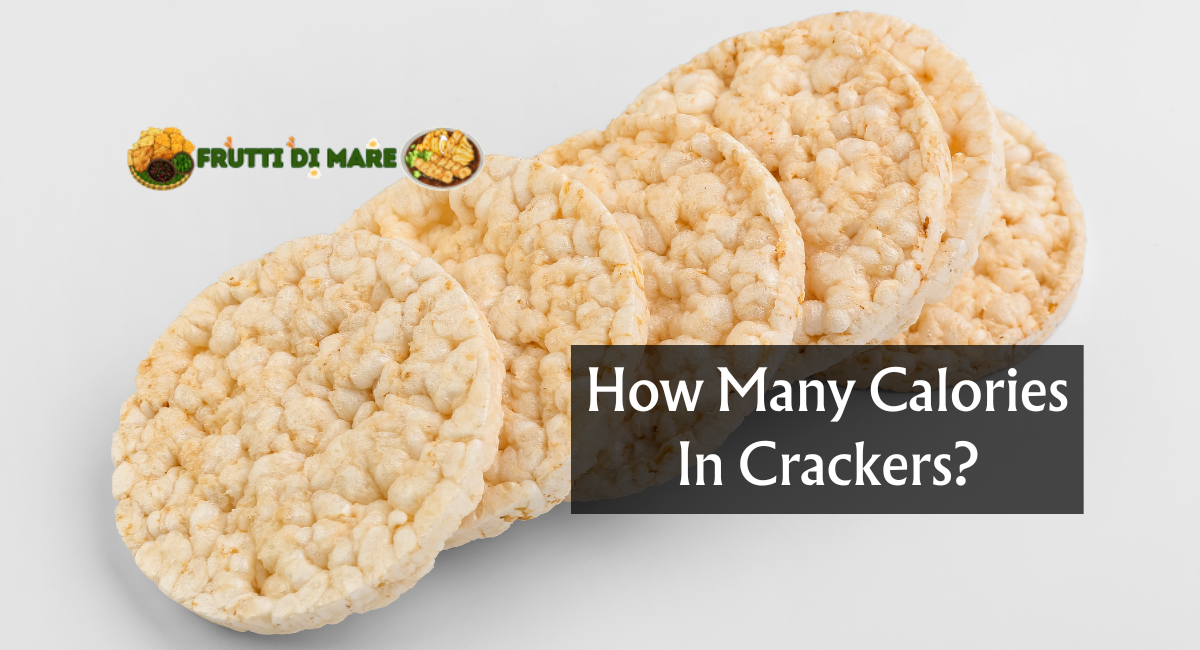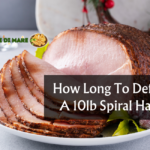Crackers have a distinct place in the world of snacking.
Crackers are a versatile and popular snack option, whether served with cheese, dip, or simply on their own.
However, if you are health-conscious or attempting to control your calorie intake, you may be wondering, “How many calories are in crackers?”
In this article, we’ll look at several varieties of crackers, their calorie counts, and some healthier substitutes.
Calories Present In Crackers
The calorie value of crackers varies greatly depending on their ingredients, size, and manufacturing method. Here’s a list of popular cracker types and their average calorie counts per serving:
Saltine Crackers
Saltine crackers, a popular option, are roughly 13 calories per cracker. A typical serving of five crackers contains about 70 calories.
Whole Wheat Crackers
Whole wheat crackers, which are typically perceived as a healthier option, have about 20 calories per cracker. Beware of portion sizes, since these calories can easily add up.
Multigrain Crackers
Multigrain crackers with various grains and seeds provide approximately 19 calories per cracker. They provide a good blend of flavor and nourishment.
Rice Crackers
Rice crackers, a common ingredient in many Asian dishes, have an average calorie value of 10-15 per cracker. They are frequently gluten-free, making them appropriate for people with dietary concerns.
Some Nutritional Facts
Let’s look more closely at the nutrition information given for a normal portion of crackers.
Fat (1.3g)
Crackers are comparatively low in fat, making them an excellent option for those attempting to control their fat intake. The majority of the fat in crackers comes from the added oils or lipids used during baking.
Sodium (150 mg)
The sodium content of crackers varies by type and brand.
Although 150 milligrams may appear to be a moderate amount of sodium, it is essential to monitor your sodium intake, particularly if you have hypertension or other health issues.
Carbohydrates (11 g)
Crackers are a snack that is abundant in carbohydrates and provides quick energy. Crackers derive the majority of their carbohydrates from refined cereals.
Fiber (0.4g)
The amount of fiber in crackers is relatively minimal. You can mitigate for the lack of fiber in crackers by consuming high-fiber foods such as fruits, vegetables, and whole grains.
Sugar (0.2g)
Typically, crackers contain few carbohydrates, which contributes to their savory flavor. It is essential to note that certain flavored or sweetened crackers may contain more sugar.
Protein (1.4 g)
Although crackers are not a major source of protein, they do contain a minor amount. By combining crackers with protein-rich foods such as cheese, nut butter, or hummus, you can create a balanced snack that satisfies your appetite and provides your body with essential amino acids.
How Do Calories Accumulate?
Portion Control Is Crucial
The key to enjoying Crackers is moderation. A handful of nuts has a calorie count that should be considered.
Variations In Flavor and Calorie Content
Due to added seasonings or garnishes, the calorie content of Crackers may vary slightly between flavors.
Can Crackers Be A Part Of A Plan To Lose Weight?
You can eat crackers as part of a weight loss plan, but you need to watch how much you eat. Choose whole grain crackers and eat them with veggies and lean proteins for a healthy snack that will fill you up.
Is There A Gluten-Free Crackers That Is Good For My Diet?
Yes, there are many types of gluten-free crackers made from rice flour, quinoa, or chickpea flour to help people who are sensitive to gluten.
How To Select A Healthier Cracker ?
- There are various ways to choose a more nutritious cracker, ranging from looking for whole-grain ingredients to crackers prepared with unusual ingredients such as cauliflower and avocado.
- Look for crackers produced with components such as veggies, whole grain flours, nuts, and seeds. Some new cracker kinds have plenty of fiber, healthy fats, and protein.
- Today, you can buy crackers that are made with root vegetables like cassava or cruciferous vegetables like kale and cauliflower. If you want to eat less carbs, cracker variants like Parmesan crisps and avocado-based crackers are a fantastic choice.
Finally, crackers come in different kinds and with different amounts of calories. You can make choices that are in line with your food goals if you know the differences between them. Remember that moderation is key, and looking for healthy snack options can make your snacking experience better and improve your health in general.
Thanks for reading this article.










